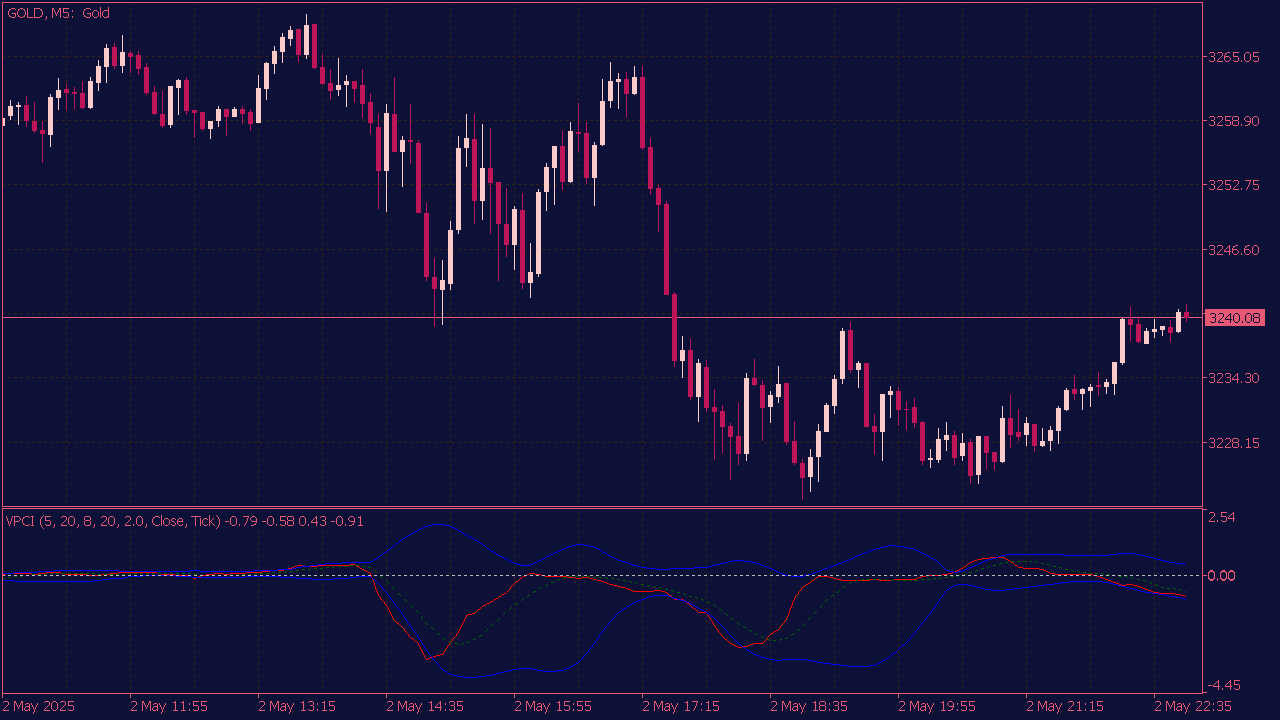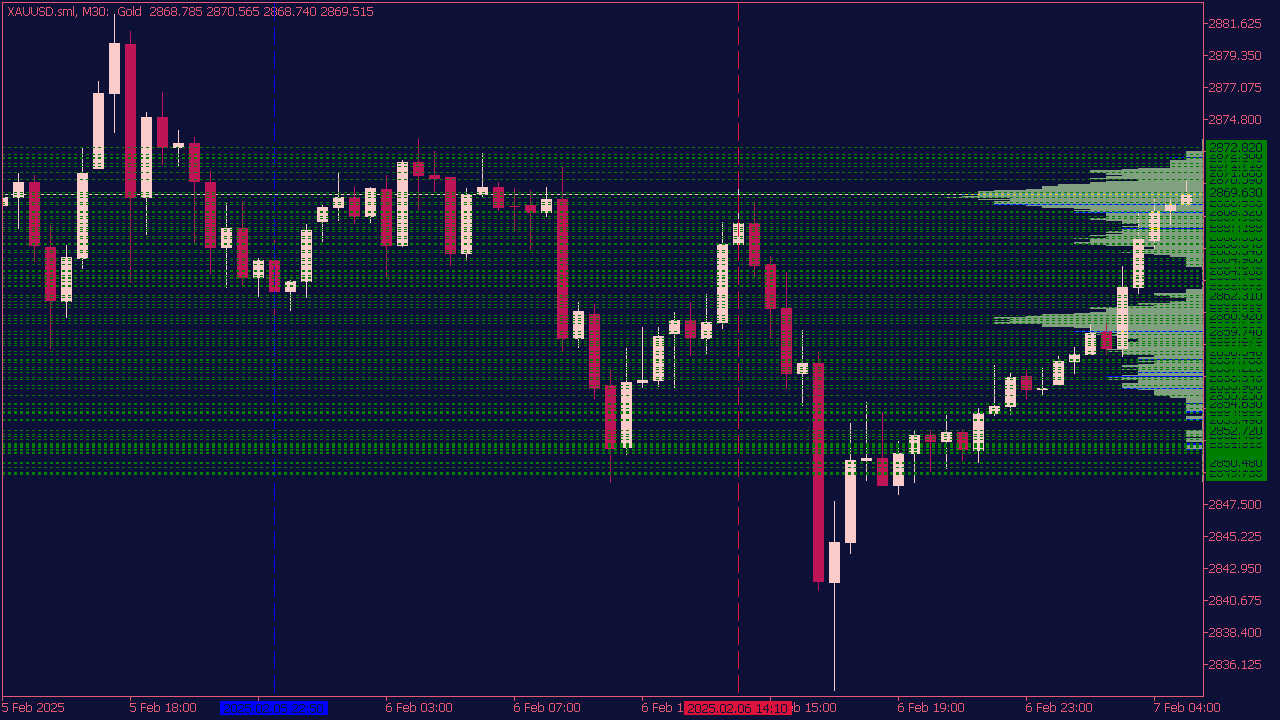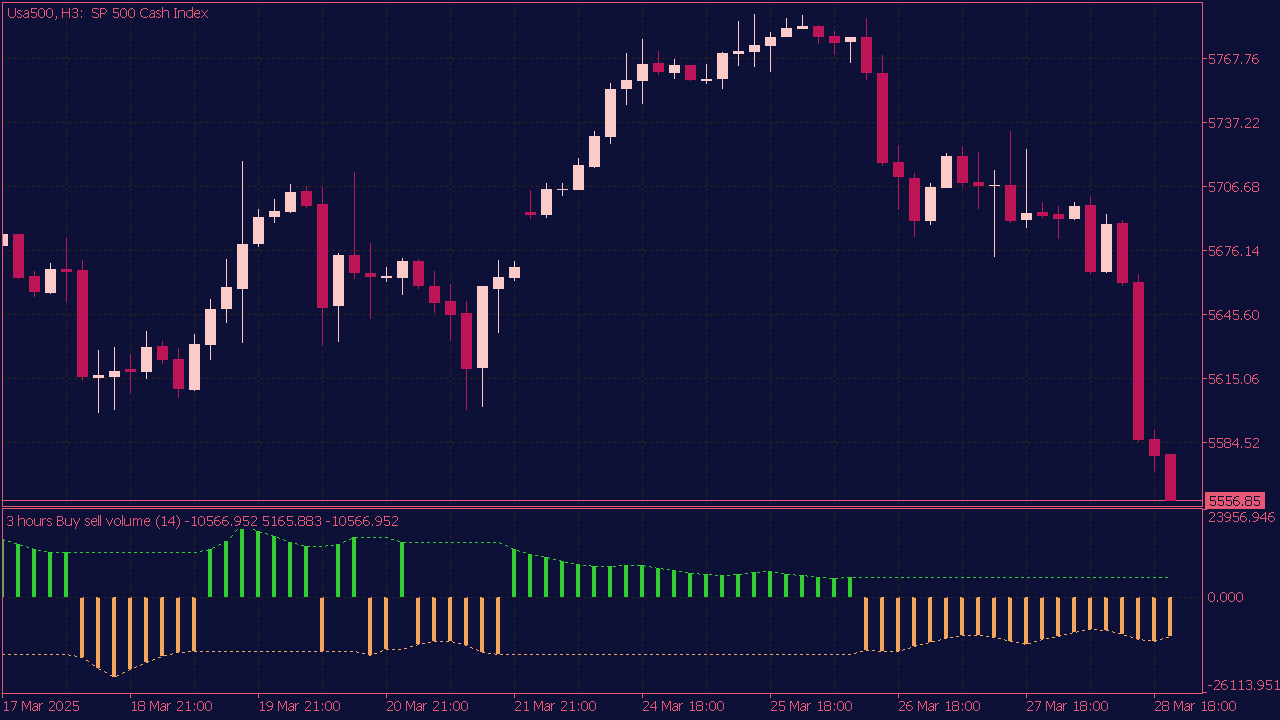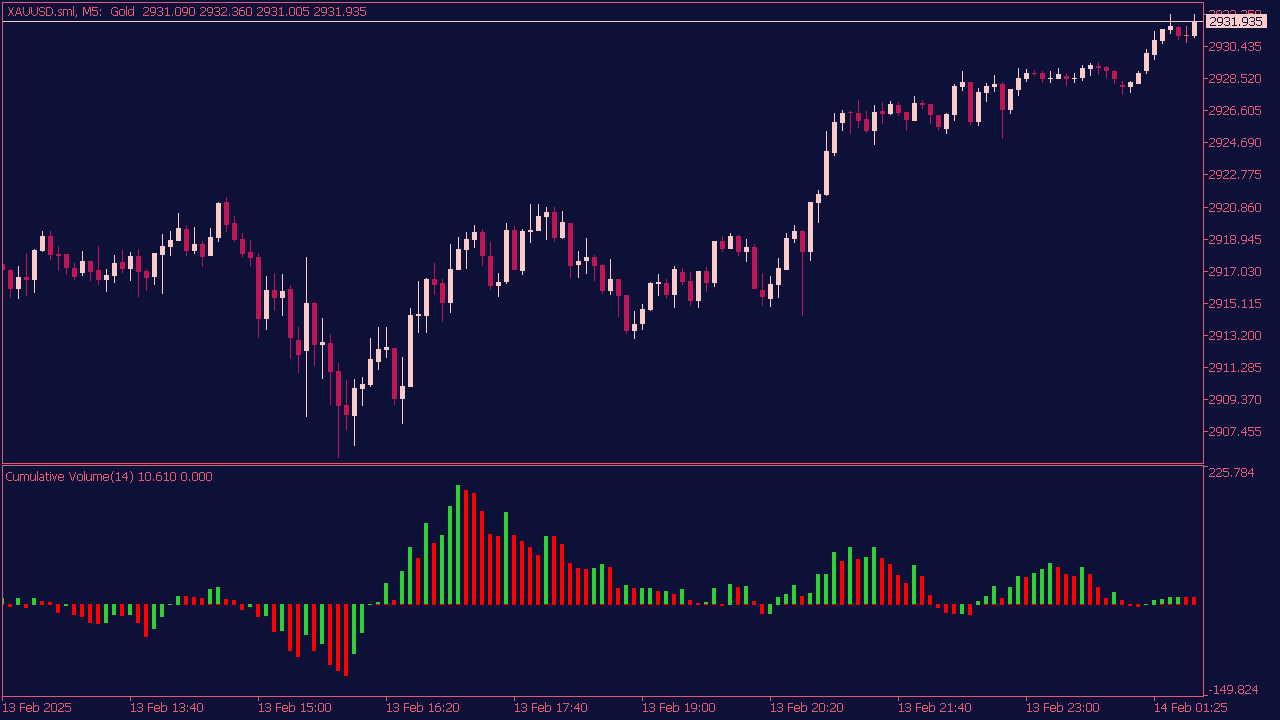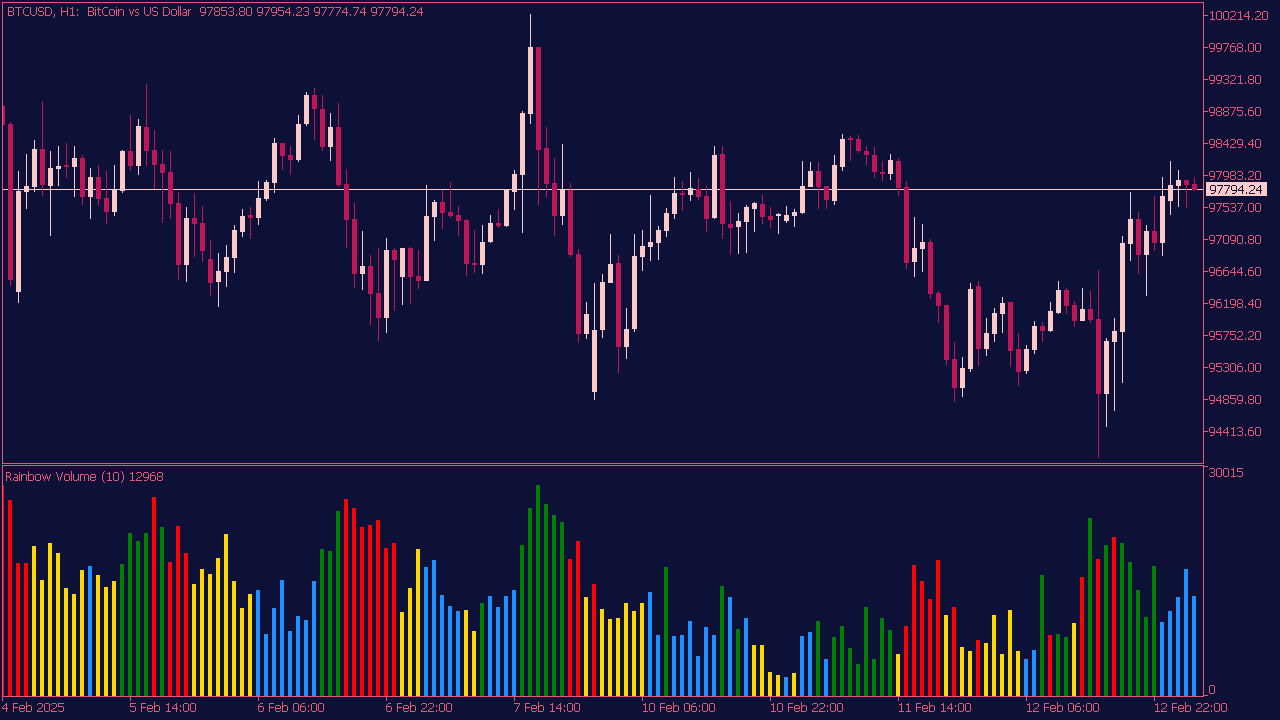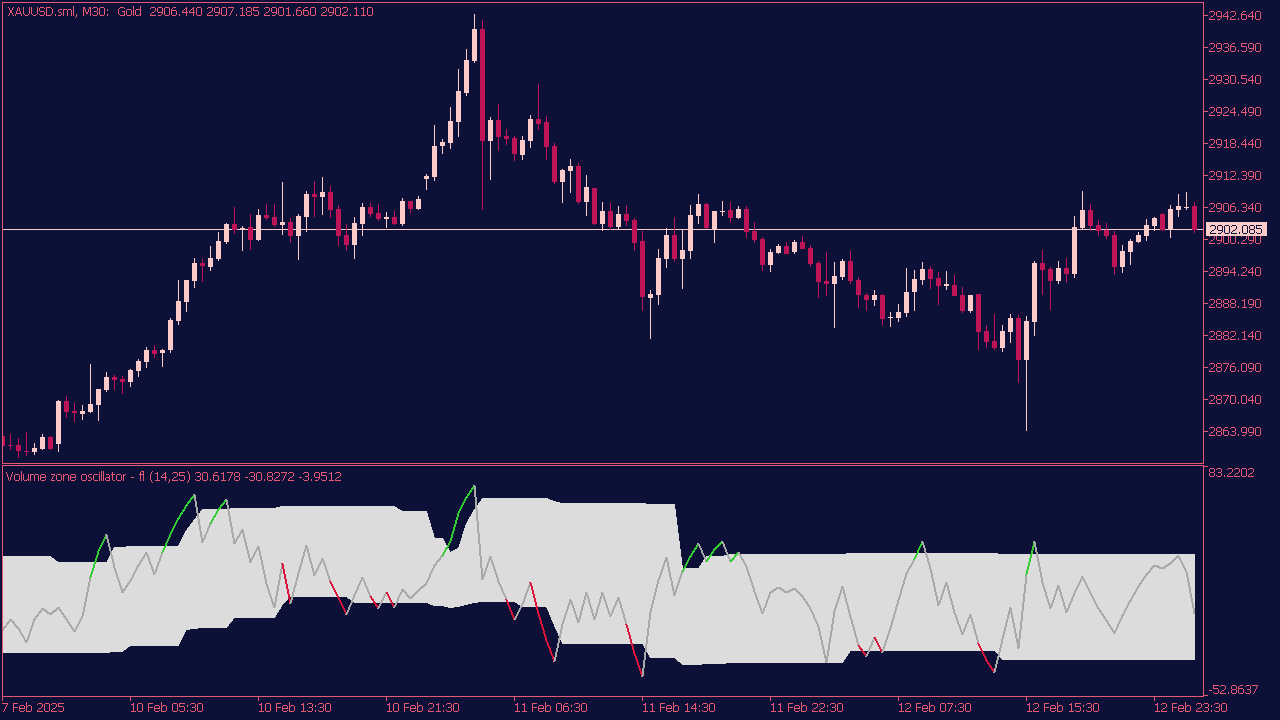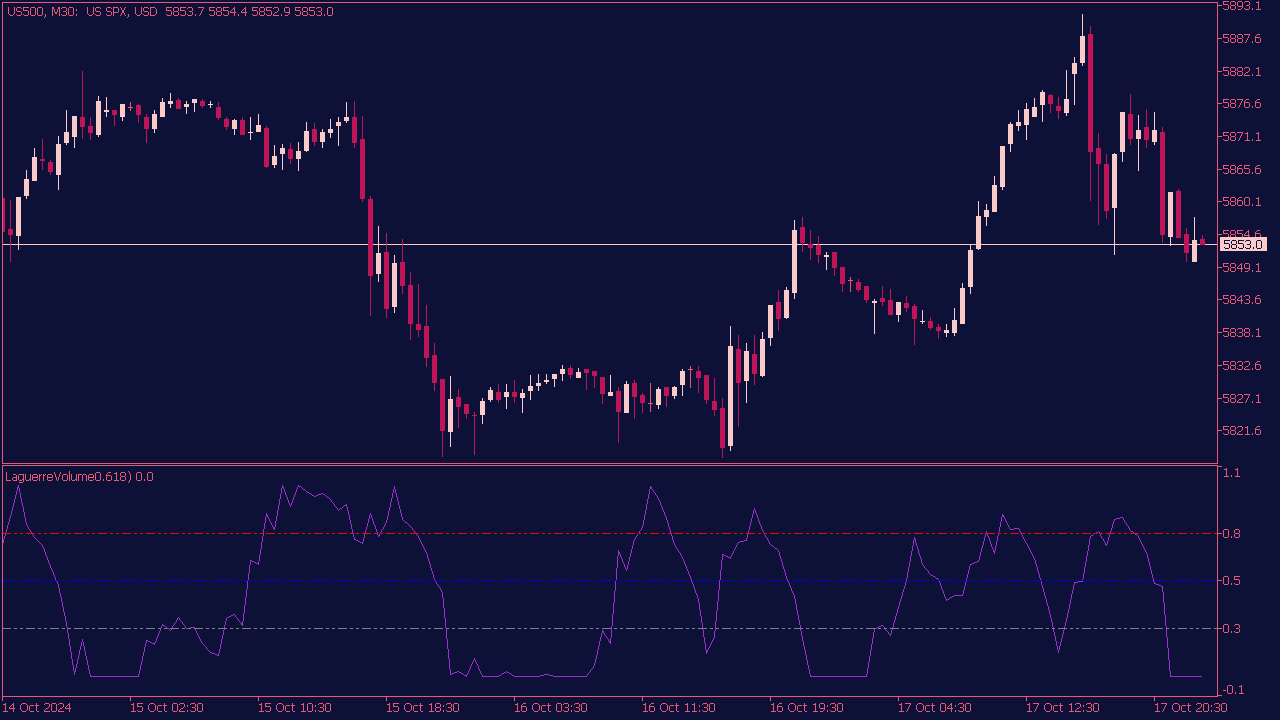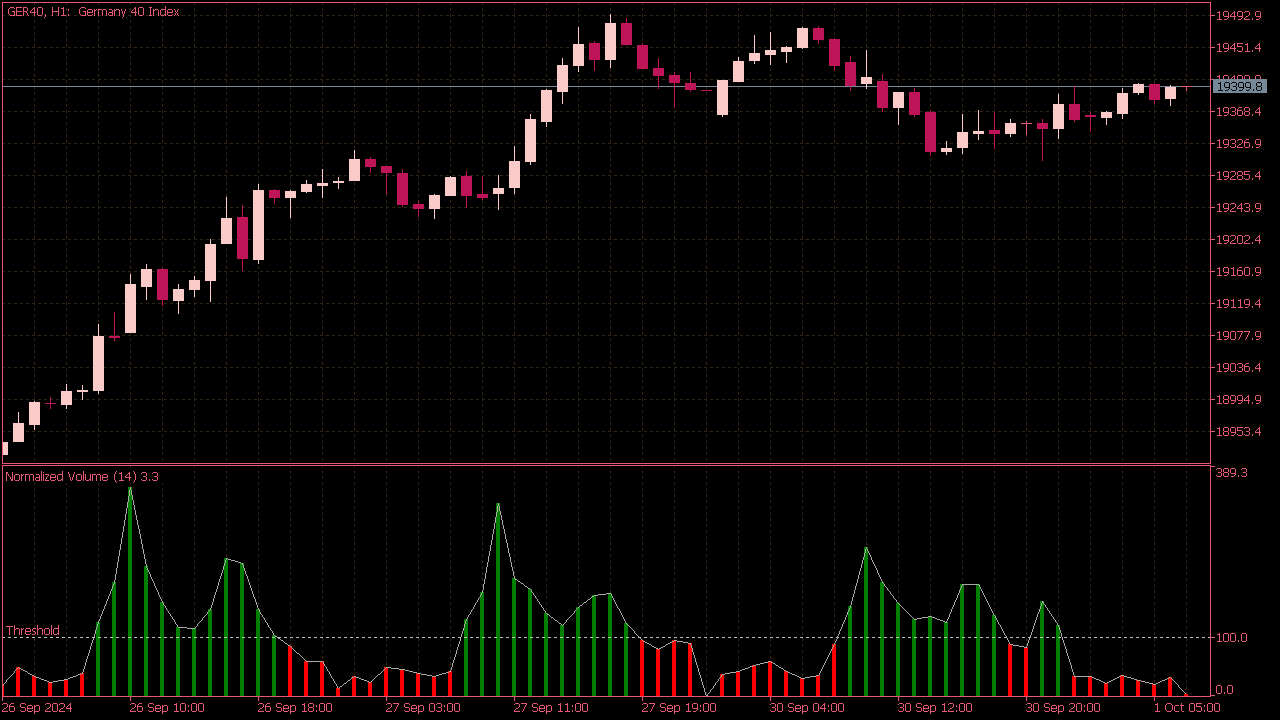OBV Extended Indicator
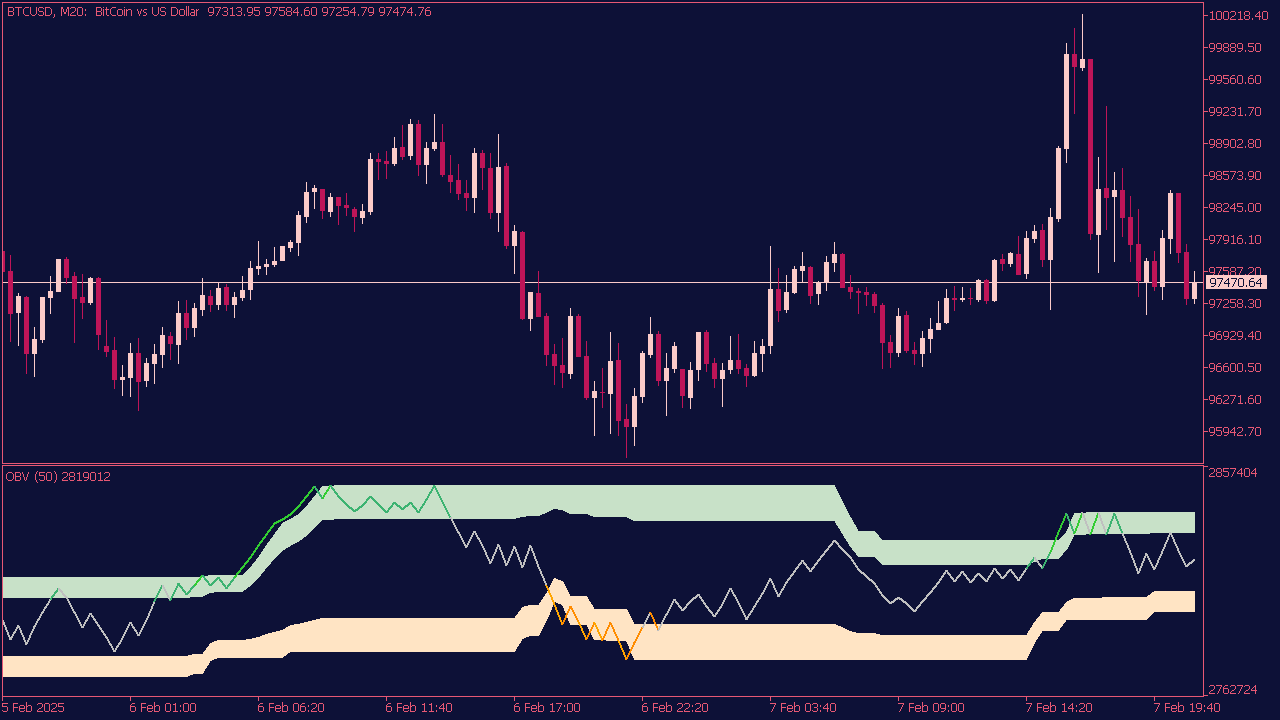
On-Balance Volume (OBV) is a momentum indicator that leverages volume flow to forecast stock price movements, introduced by Joseph Granville in his 1963 book. While traditional OBV can be too sensitive and lacking in actionable signals, this modified version incorporates Donchian channels to improve its utility by providing clearer indications of potential breaks and retracements. It is recommended to utilize this enhanced OBV similarly to the original, while also monitoring color changes for potential trading signals.
